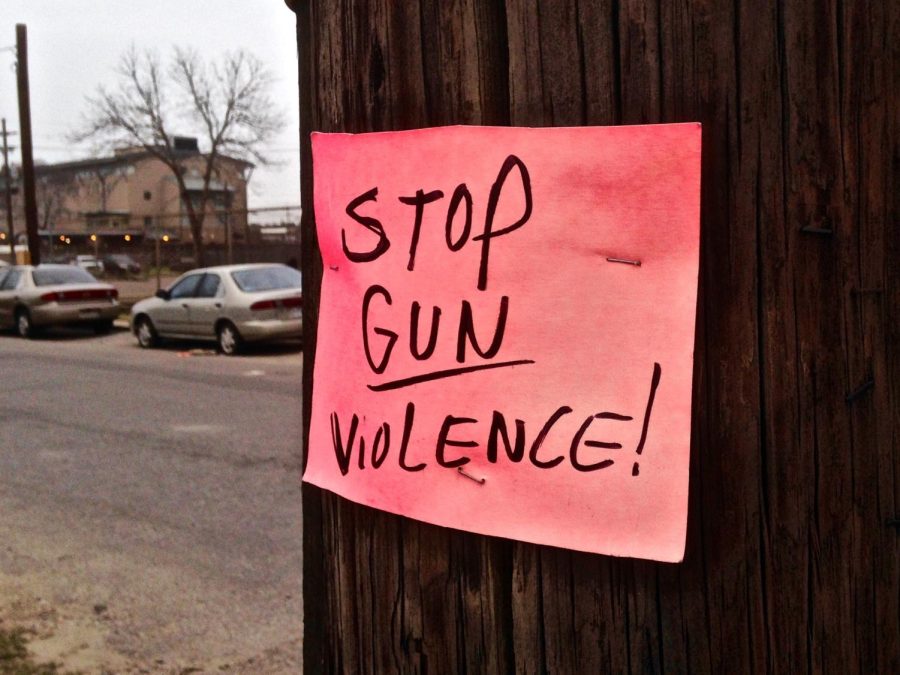NYC Mayor Adams’ plan to tackle shooting surge is weak
February 4, 2022
In New York City, index crime increased by 21% and the number of murders was approximated at 500 in 2021. New York City Mayor Eric Adams’ response plan doesn’t offer any strong policy ideas to tackle violence, only gives the police more control over the city.
Adams released his “Blueprint to End Gun Violence” on Jan. 24 amid the growing crime rate in New York. The city has been terrorized by recent tragedies, such as: the COVID-19 pandemic, the recent deaths of two police officers in Harlem and an 11-month-old baby struck by a stray bullet in the Bronx.
“I want to be clear: This is not just a plan for the future — it is a plan for right now,” Adams said. “Gun violence is a public health crisis. There is no time to wait.”
The plan includes the restoration of a controversial anti-gun police unit whose officers have a checkered history of racist and aggressive policing including the deaths of Amadou Diallo, Sean Bell and Eric Garner. The new teams will be stationed in 30 precincts of the city responsible for 80% of the violence.
Adams assured that the officers will be equipped with body cameras, but they will not wear uniforms and they will travel in unmarked vehicles.
“This is just another slap in the face leading us to a police state,” Akeem Browder, whose brother was detained without trial in Rikers’ Island, said to The New York Times.
City Council Member Tiffany Cabán argued the restoration of the plainclothes police unit was alarming for public safety. Other left-leaning democrats also opposed this plan.
Adams suggested that dangerousness should be added in New York’s bail consideration requirement, which will give judges the authority to detain a person, until proven guilty, based on risk considering their background. This may result in racial disparities and a threat to public safety in the city.
Lawmakers and criminal justice reform activists criticized Adams’ decision to allow the judges to consider dangerousness. Adams also mentioned that the judges’ decision will not remain unchecked and must be public in stating their reasons for the detainment of the defendants on record.
In his plan, he aimed at the Raise The Age legislation arguing that it allows young people to be used by gangs to avoid gun charges. Further, he stated that 16 or 17-year-olds will face harsh prosecution if arrested on a gun charge and will be forced to disclose where they acquired the gun from.
“If the individual refuses to disclose that information, prosecutors should have the ability to charge the individual in Criminal Court, rather than Family Court,” Adams wrote in the blueprint.
This decision violates the Fifth Amendment that allows them the right to remain silent during police trials.
State Sen. Gustavo Rivera said that the mayor should only stick to the anti-poverty efforts as his goal of anti-gun control “will only result in another generation of Black and brown New Yorkers criminalized and relegated to a life of imprisonment, recidivism and continued violence.”
The plan was opposed by the Albany leaders, confirming that some of the state does not approve of the changes.
The implementation of plain clothes officers under the guise of legal reform may only put a larger target on the backs of minority communities.







